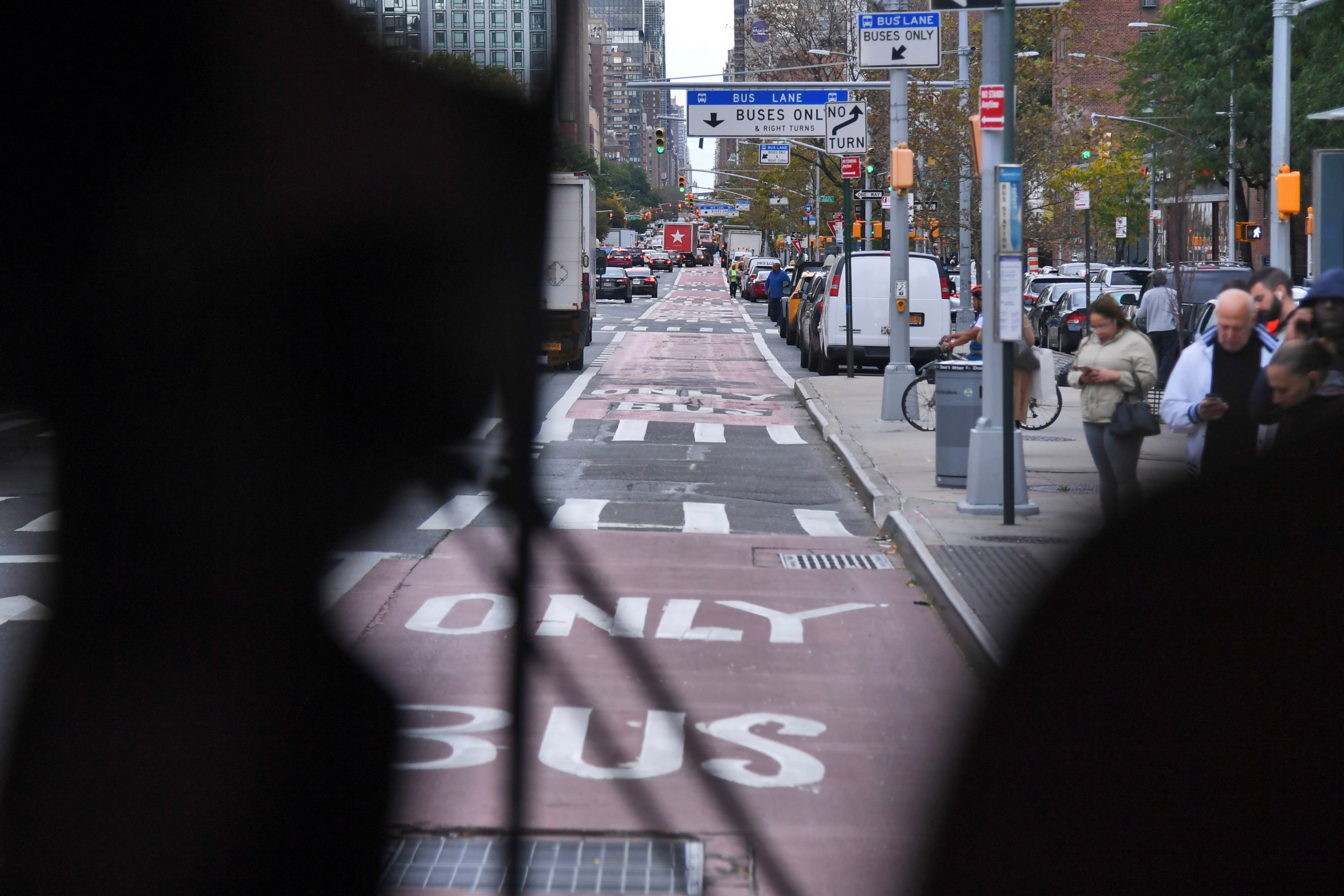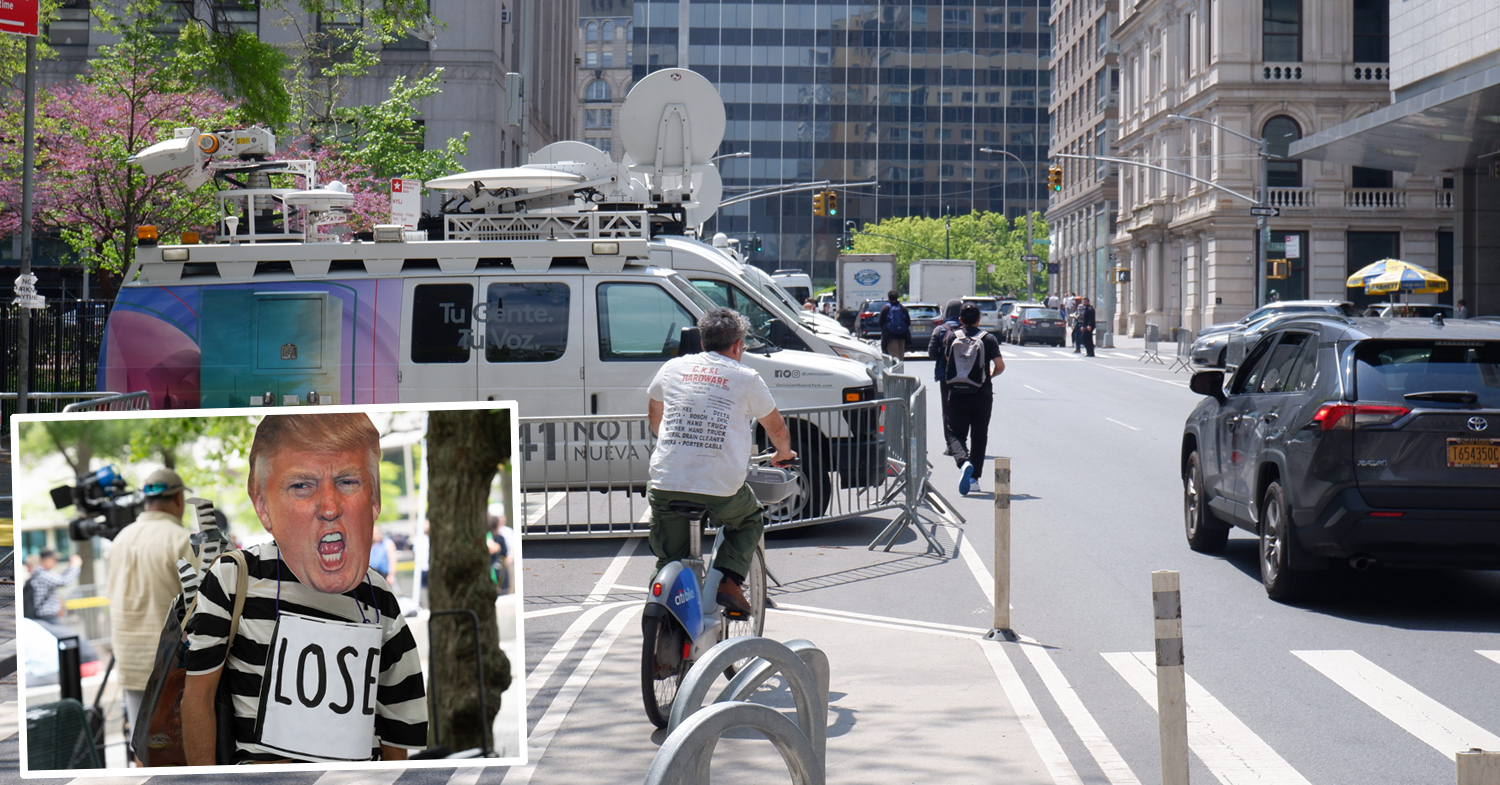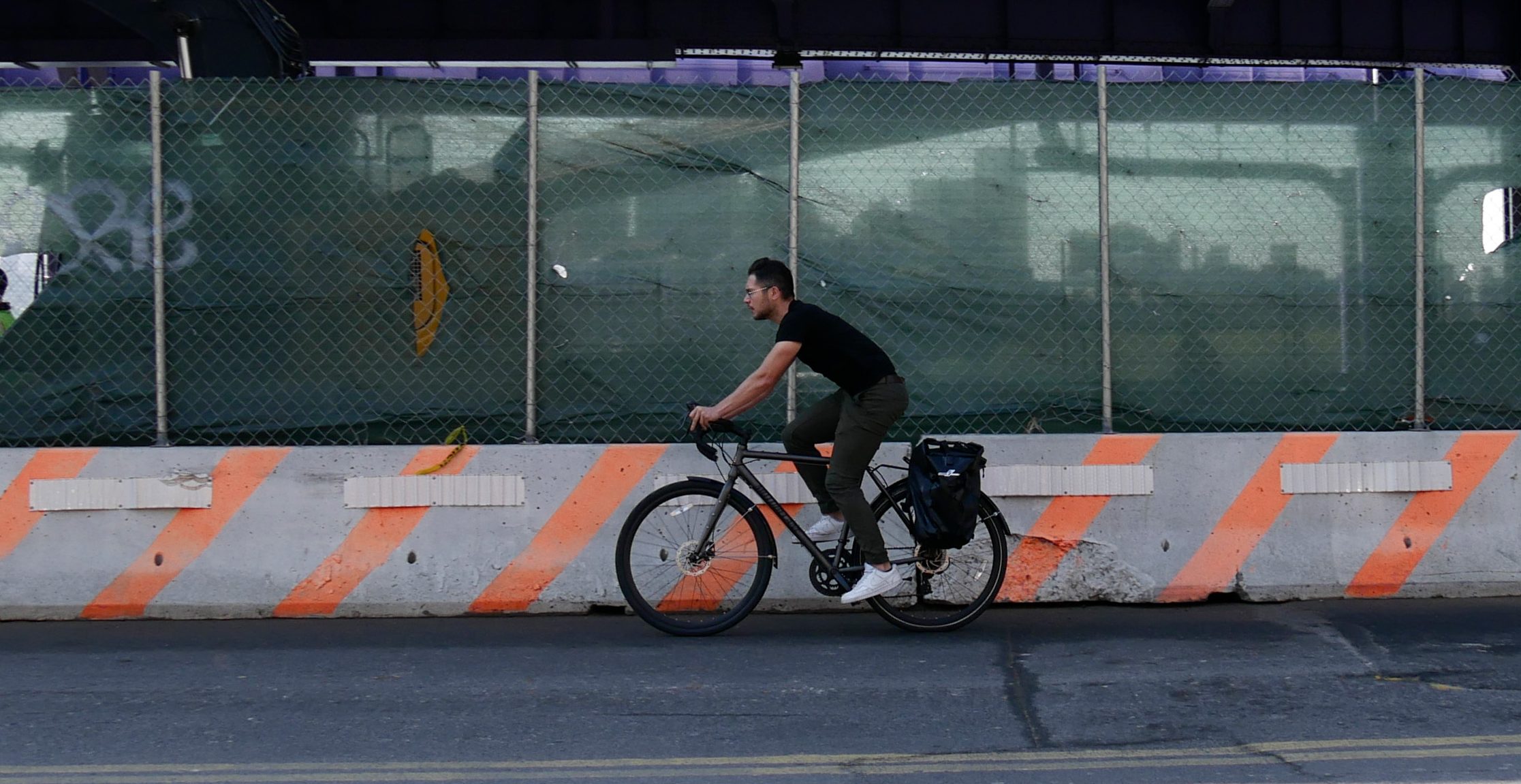On Tuesday, a garbage truck driver struck and killed Mario Lopez on Metropolitan Avenue in Williamsburg. The same day, the City Council failed to enact waste carting reforms that would reduce garbage truck traffic on Williamsburg streets.
Mario Lopez, 30, was biking eastbound on Metropolitan at Graham Avenue on Tuesday morning when the 47-year-old driver of a five-axle tractor-trailer struck and killed him. (NYPD has not filed charges against the driver, so his name has not been released.)
Currently, 75 percent of the city's waste transfer processing capacity is concentrated in the South Bronx, north Brooklyn, and southeast Queens -- three areas with large populations of low-income people of color. Intro 495-C would have limited the amount of waste delivered to certain transfer stations, which in turn would reduce the number of trucks serving those transfer stations.
The truck involved in Lopez's death, which belonged to Ridgewood-based Brisita Truck Corp., was a so-called "long-hauler," which trash companies use to move waste from transfer stations to out-of-state landfills, according to Justin Wood of New York Lawyers for the Public Interest.
That's exactly the type of vehicle that would be less prevalent on Williamsburg streets under Intro 495-C, Wood said.
On Tuesday, the bill failed to get out of committee after Council Member I. Daneek Miller, who represents the part of southeast Queens where trash hauling traffic would be reduced, withdrew his support.
The legislation has been in the works for more than a decade, since the Bloomberg administration released its Solid Waste Management Plan in 2006. That document called for the city to build new waterfront transfer stations to shift long-haul trash trucks off city streets and onto boats and trains. One of those marine transfer stations opened earlier this year, on Hamilton Avenue on the Sunset Park-Red Hook border.
As part of the initiative, the City Council was expected to pass legislation reducing the amount of trash coming to transfer stations in the three target areas.
“The city has been keeping its end of the bargain in the sense of building barge-based marine transfer stations and rail transfer stations that eliminate the need for these large trash trucks," Wood said. "The City Council on the whole failed to keep its end of the bargain on that on Tuesday."
Intro 495-C is separate, but related, to the city's proposal to shift commercial waste collection from a contract-based model to a zone-based model, which is still being developed by the city's Department of Sanitation.





